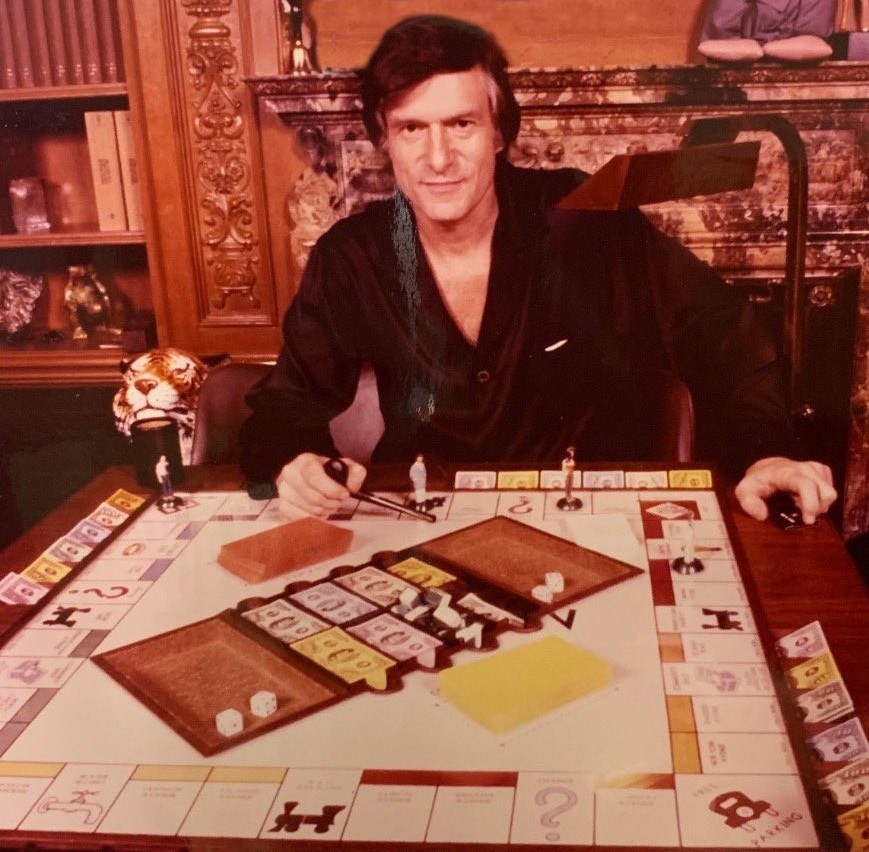

Hugh Hefner's (other) Passion
Hugh Hefner had a lifelong love of games, from classic board games to trivia and puzzles, often weaving them into the social fabric of the Playboy Mansion. He believed games fostered camaraderie, creativity, and intellectual engagement—values that aligned with his vision for the Playboy lifestyle. Hefner hosted regular game nights and tournaments, with Monopoly being a particular favorite, played on a custom oversized board. He was also famously obsessed with backgammon, a passion that extended beyond the Mansion to Los Angeles' exclusive PIPS backgammon club, where he was a frequent and enthusiastic player. His passion for play wasn’t just for fun; it was an extension of his belief in the joy of living well and thinking playfully.
For Hefner, games were more than a pastime — they were a social ritual, a way to connect, compete, and unwind among friends. Whether at the Mansion or out in the city, he surrounded himself with fellow enthusiasts, creating a culture where play was as essential as conversation, music, or style.
History of Chess
Chess has its origins in northern India in the 6th century AD. The game was derived from a similar Indian game called chaturanga. Chess eventually spread to Persia. When the Arabs conquered Persia, they also adopted the chess game. chess was then introduced to Southern Europe by the Arabs. The game became popular in Spain and Italy. From Italy, chess spread to the rest of Europe. The game became particularly popular in England during the medieval period.
The modern game of chess originated in the 15th century. The rules of the game were standardized in the 19th century. Chess is now a popular game all over the world.
An Epic Arena
At the legendary Playboy Mansion, Monopoly tournaments were a regular and much-anticipated pastime—an occasion deserving of a table as distinctive as the setting itself. Hugh Hefner’s custom Monopoly table was designed to meet that need, built as a full-size card table with an oversized Monopoly board seamlessly inset beneath a protective sheet of glass. The board itself is more than 50% larger than a standard Monopoly board, allowing for an enhanced playing experience. At its center, a recessed area was crafted to hold the money tray, flanked on either side by cork-lined dice trays for added functionality and flair.
Despite the custom construction, Hefner opted to preserve the integrity of the classic game. The board retained its original layout, with no renamed properties. However, the increased dimensions of the board did necessitate custom-printed, oversized Chance and Community Chest cards. Multiple card sets were produced to account for wear and ensure a steady supply of replacements.
Encircling the play area, three of the table’s four sides feature a set of six built-in slots—precisely sized to hold players’ custom-printed Monopoly money, with the fourth side providing slots for two players. Although all seven standard denominations were created, internal documentation for staff setup notes that $1 bills were typically excluded from play.
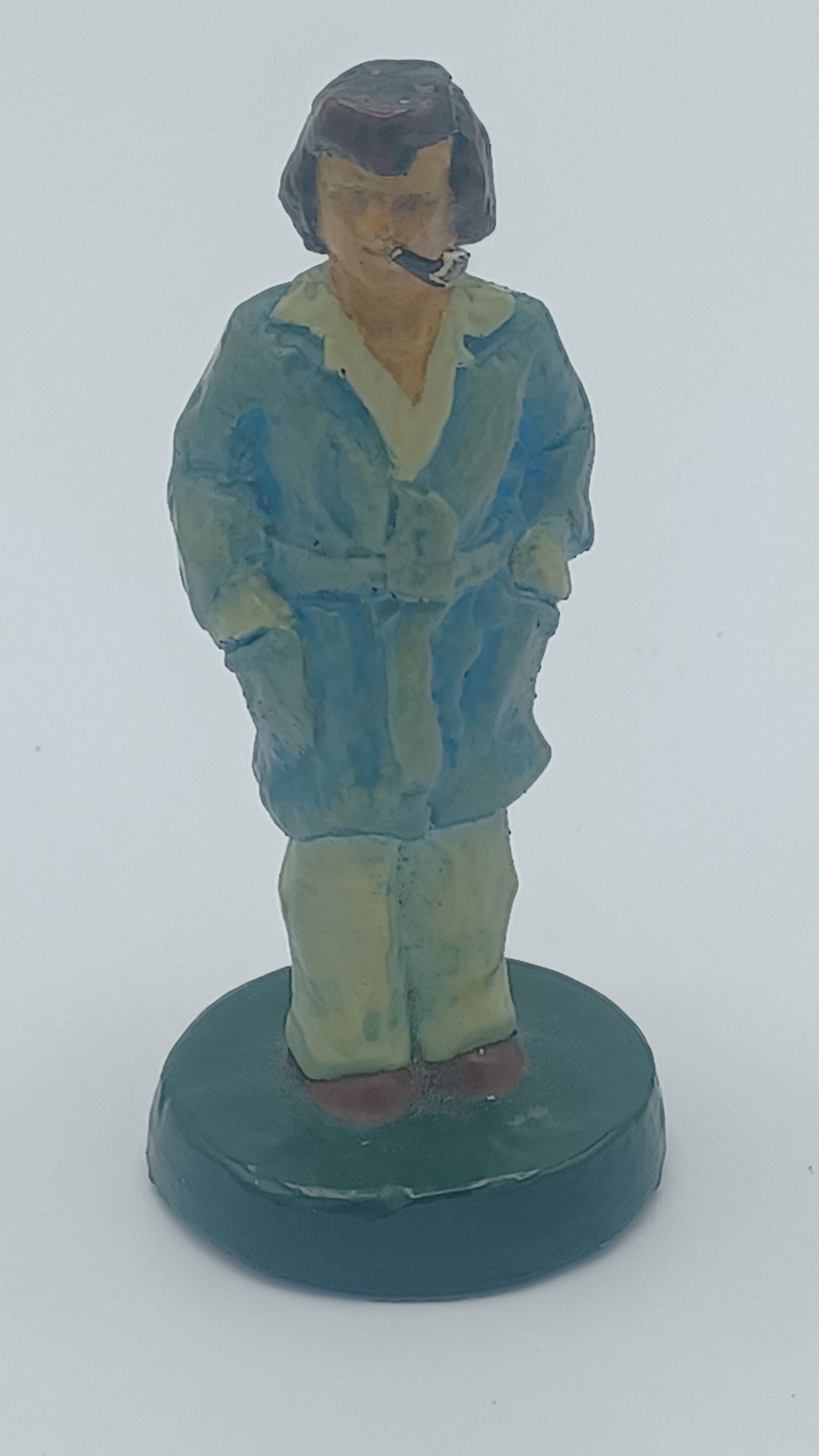
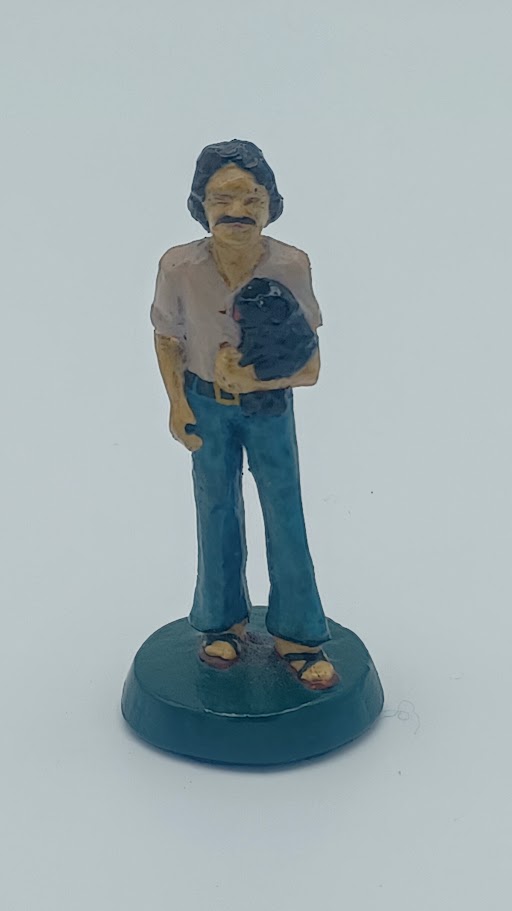
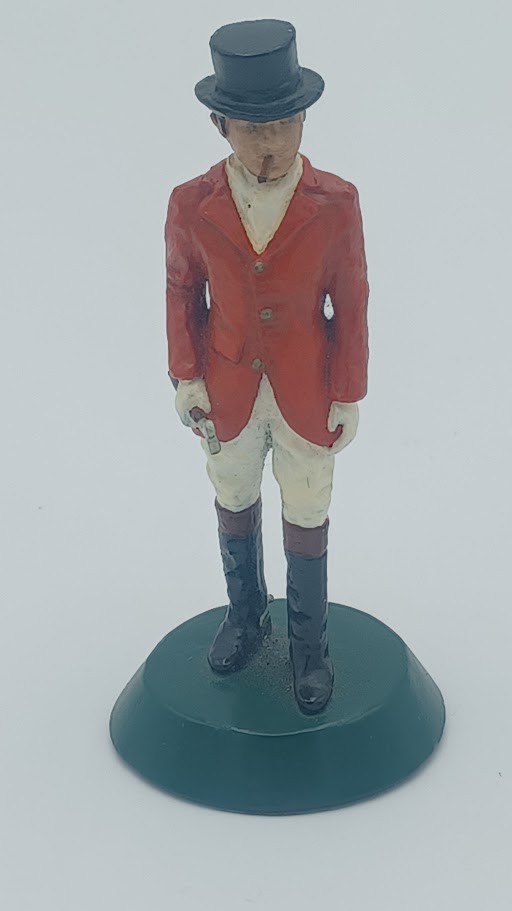
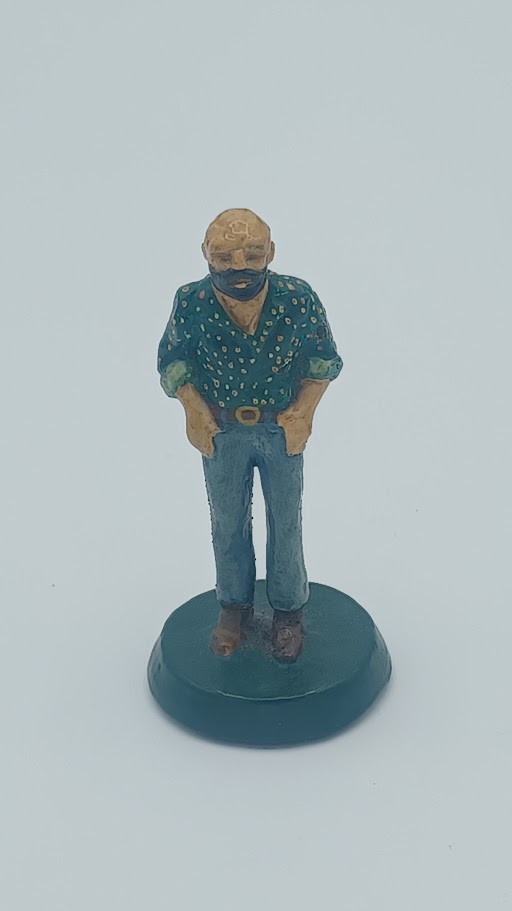
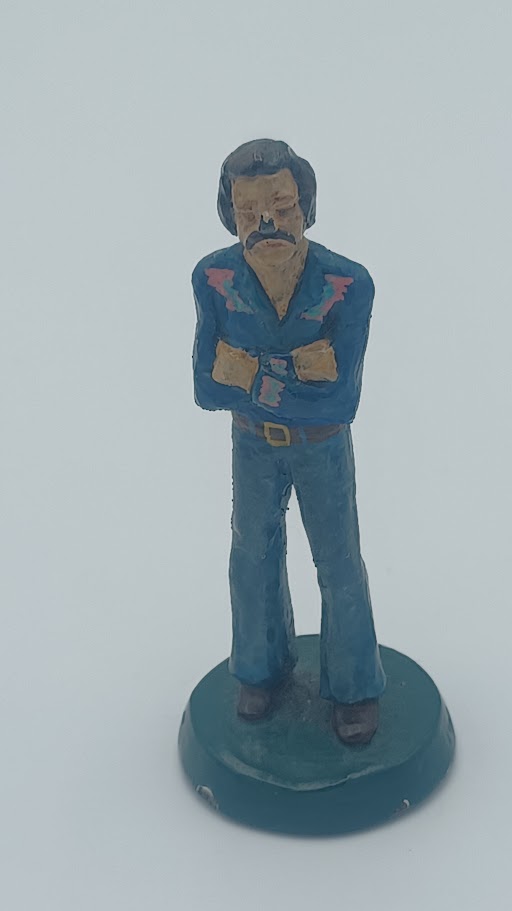
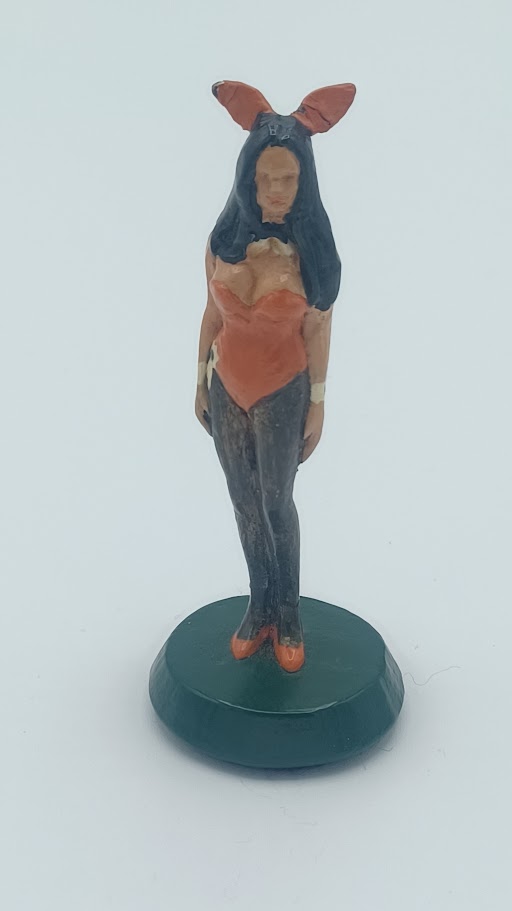
Luxury on the Boardwalk: Hefner's Custom Monopoly Hotels
Hugh Hefner's custom Monopoly set featured uniquely crafted hotels that reflected his personal empire. The early hotel pieces were miniature replicas of the original Playboy Mansion East in Chicago, capturing the stately elegance of Hefner's first iconic residence. As the brand expanded, these were later replaced with models of the Playboy Hotel in Miami, showcasing the sleek, modern glamour of the Playboy lifestyle in its heyday. These custom pieces added a personal and luxurious flair to the classic board game, transforming it into a playful homage to Hefner’s world.
Game rules
The game of chess is played on a board of 64 squares arranged in an 8×8 grid. The board is divided into two equal halves by a horizontal line called the "equator". There are 16 pieces in total, divided into two armies: white and black. Each army has 8 pawns, 2 rooks, 2 knights, 2 bishops, a queen, and a king. The game is played between two opponents, white and black, who take turns moving one of their pieces. The goal of the game is to checkmate the opponent's king, that is, to put it into a position where it cannot move without being captured by one of your pieces.
The pawn is the weakest piece in chess, and can only move one square at a time, forward. It can move two squares on its first move, but only if it has not moved before. Pawns can only capture pieces that are one square diagonally in front of them. They cannot move backwards. If a pawn reaches the other side of the board, it can be "promoted" to any other piece (except a king).
Frequently Asked Questions